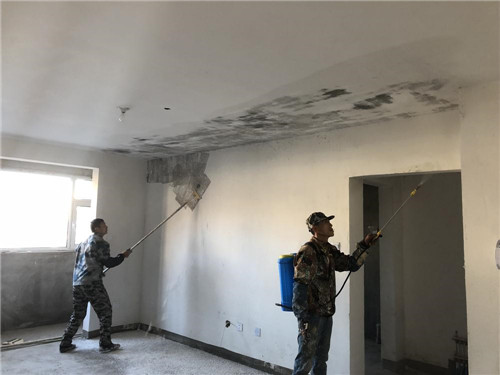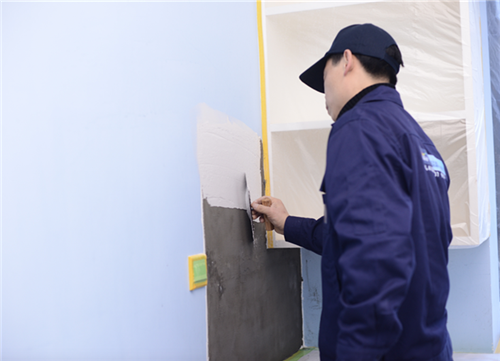Paint whitening, also known as "fogging," refers to the appearance of a layer of white mist-like substance on the surface of the paint, which severely affects the decoration effect and aesthetics. Here is how to handle paint whitening on the surface.
1. Environmental Humidity
First and foremost, paint whitening may be caused by excessively high environmental humidity. When paint is applied or dried in a humid environment, it can absorb a significant amount of moisture, causing changes in the structure of the film-forming agents and leading to the formation of white substances, resulting in the fogging phenomenon. Therefore, the humidity of the environment in which the paint is applied is extremely important; it is essential to ensure it is relatively dry.

2. Paint Quality
In addition to environmental humidity, the quality of the paint itself directly affects the occurrence of whitening. If the paint formulation is poorly designed or the raw materials are of low quality, it may lead to paint whitening. Some inferior paints use a lot of fillers and thickeners to save costs, which destabilizes the paint's structure and makes it prone to moisture absorption and fogging. Therefore, consumers should choose reputable, stable-quality brands when purchasing paint.

3. Application Method
The method of applying paint can also influence whether the surface will experience whitening. If too much water is mixed in during the application or if the coating is applied too thickly, it can result in poor film formation on the surface, leading to whitening. Thus, having qualified construction personnel and employing correct, professional application methods is crucial.

4. Substrate Issues
Sometimes, paint whitening is not due to the paint itself but rather issues with the substrate (the surface where the paint is applied). If the substrate has alkali or contains excessive salt, it may lead to paint whitening. Additionally, contaminants like oil or dust on the substrate can also damage the paint film, resulting in fogging.
Understanding the causes of paint whitening allows us to implement effective pr
evention and corrective measures. First, choose to apply paint in dry weather and conditions, and ensure that the application strictly follows the instructions provided. Secondly, select quality and reliable paint, and ensure the substrate is clean, free of alkali, and salt. Finally, if the paint has already been whitened, cleaning with water can help, and applying an additional coat of paint may also be a solution.
In summary, we have introduced how to address paint whitening on the surface. The whitening of the paint surface is caused by various factors, including environmental humidity, paint quality, application methods, and substrate issues. By understanding these causes, we can effectively prevent and handle the problem of paint whitening on surfaces, ensuring the application effect and aesthetic appeal of the paint.



